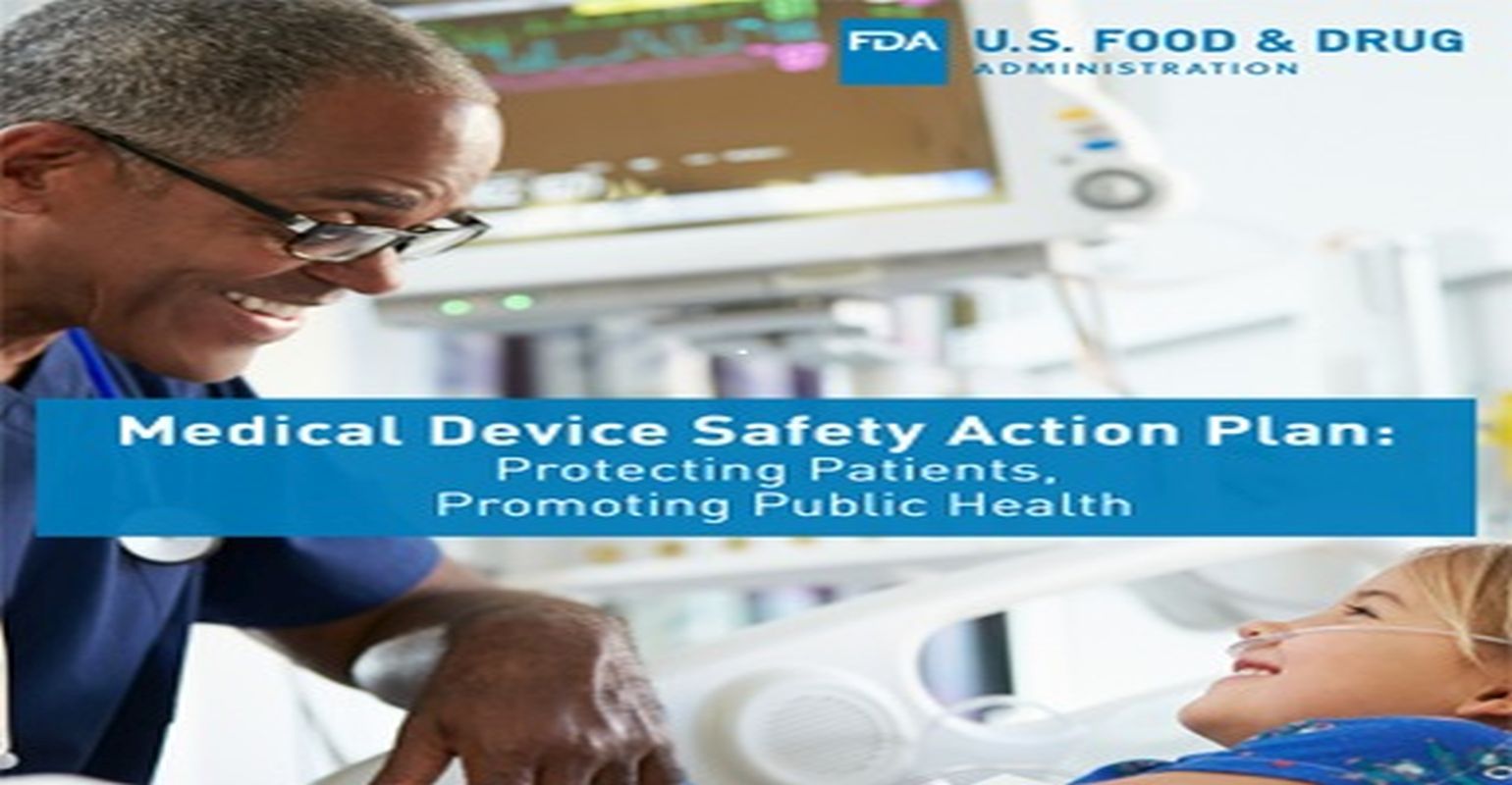FDA Issues Medical Device Safety Action Plan

The Center for Devices and Radiological Health (CDRH)’s vision for medical device safety is to protect patients and spur innovation of new products that are safer, more effective, and address unmet medical needs.
Providing patients with access to safe medical devices that meet their healthcare needs remains a top Food and Drug Administration (FDA) priority. The Medical Device Safety Action Plan: Protecting Patients, Promoting Public Health outlines how the agency will encourage innovation to improve safety, detect safety risks earlier, and keep doctors and patients better informed.
In the Medical Device Safety Action Plan: Protecting Patients, Promoting Public Health, the FDA describes key actions it will take in the following areas:
- Establish a robust medical device patient safety net in the United States
- Explore regulatory options to streamline and modernize timely implementation of post-market mitigations
- Spur innovation towards safer medical devices
- Advance medical device cybersecurity
- Integrate CDRH's pre-market and post-market offices and activities to advance the use of a Total Product Life Cycle (TPLC) approach to device safety
The FDA is modernizing measures to improve the safety of medical devices while continuing to create more efficient pathways to bring lifesaving devices to patients.
To access the report, CLICK HERE.
Source: FDA
Robust infectious disease surveillance, including rapid subtyping of influenza A, is essential for early detection, containment, and public health reporting of novel viral threats.